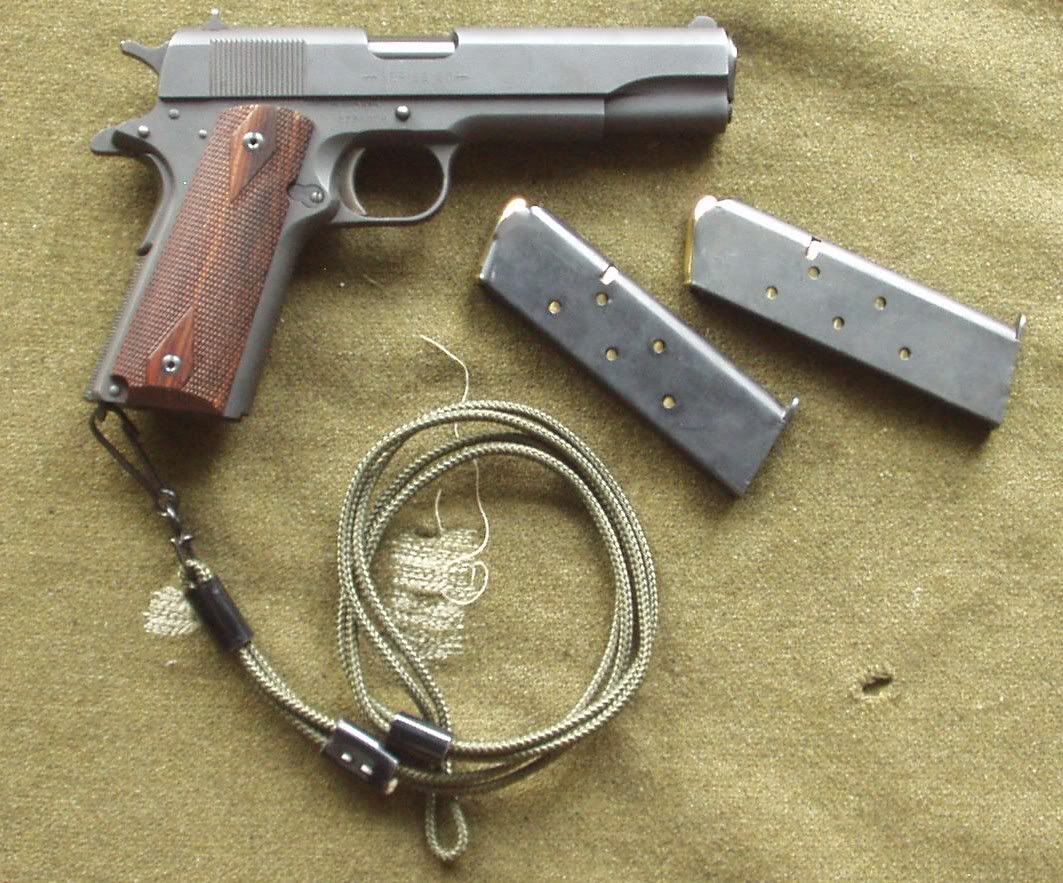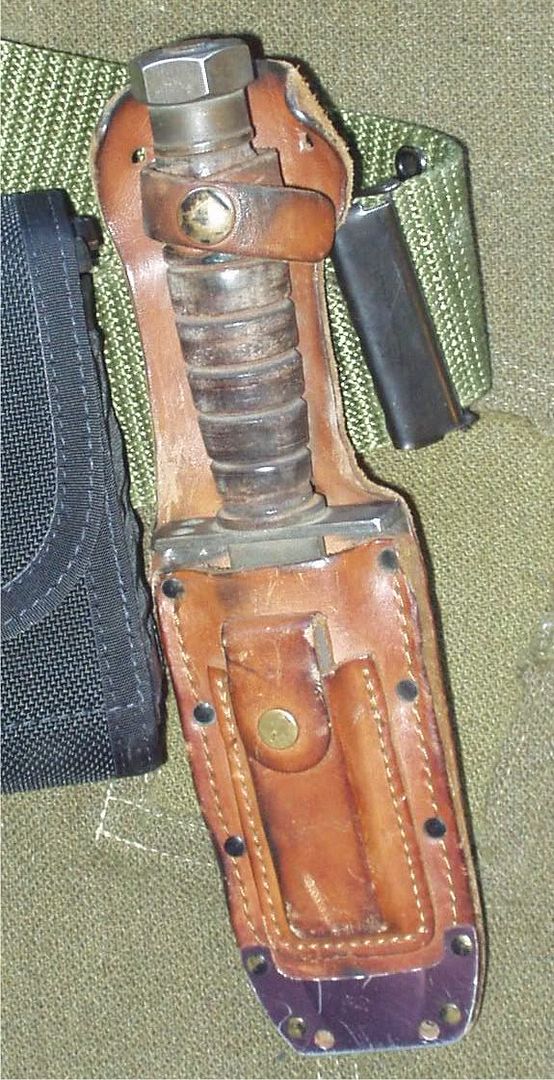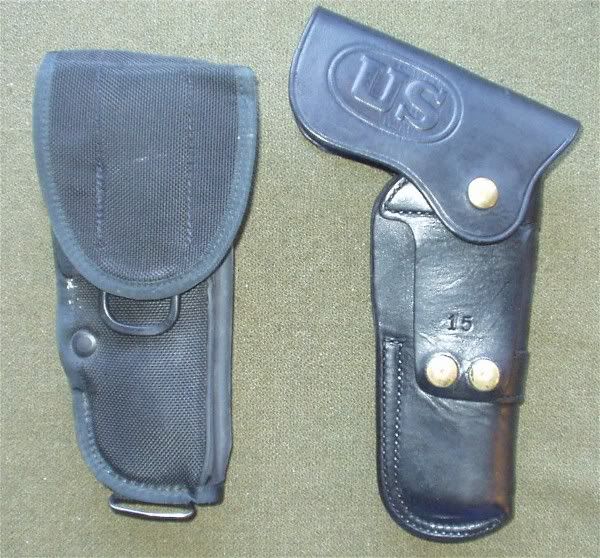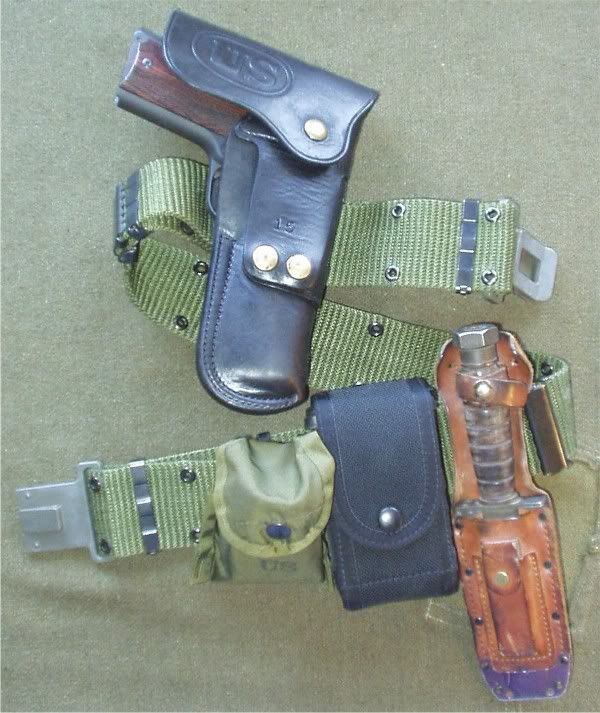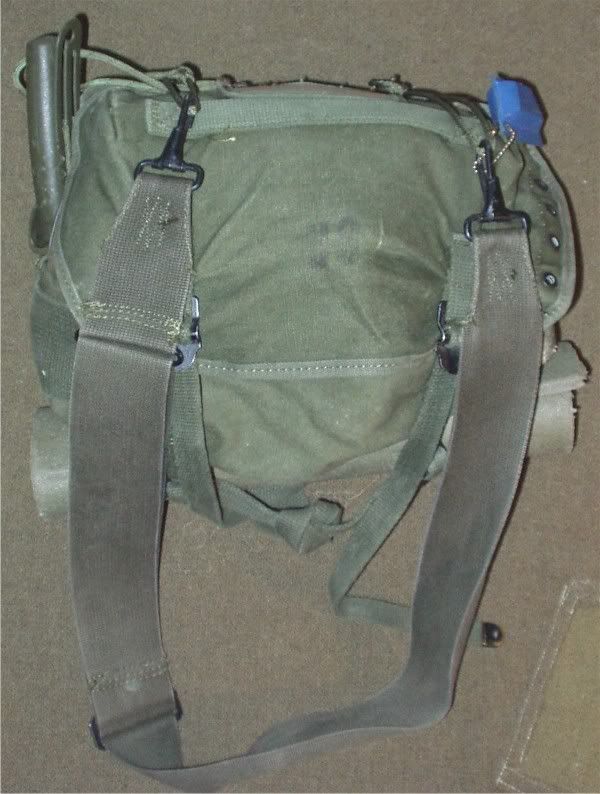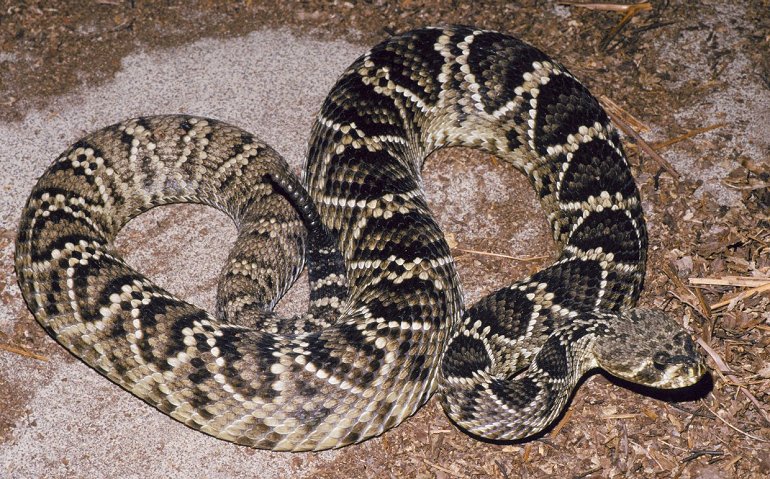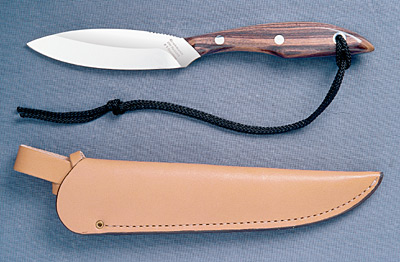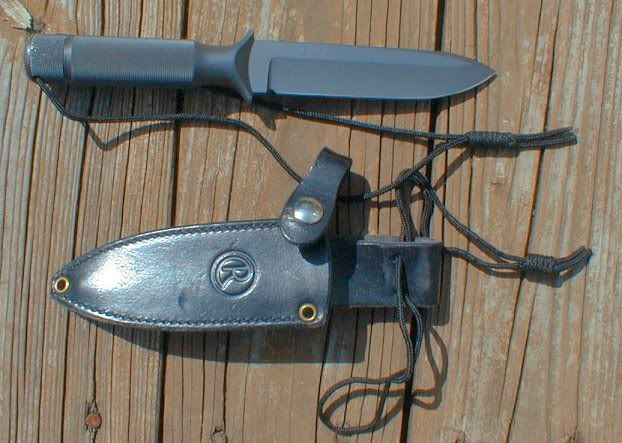FirePower and Faith by Dr Peter HammondNOTE: JimT at Leverguns Forums posted this. While I don't want to devote this blog to politics or religion I thought it sufficiently on-topic AND important to record here. Firearms in the hands of pastors or missionaries seems to have become a controversial subject. There is no doubt that the primary weapons for missionaries and pastors are spiritual - the Bible and prayer. However, does God require full-time Christian workers to ignore Biblical commands, which require self-defence and mandate the protection of one's family? (See: Exodus 22:2; Nehemiah 4: 14; Luke 22: 36; 1 Timothy 5:18).
Sometime ago, while I was engaged in a mission trip to Sudan, I was taking the picture of 4 pastors, each in their clerical collars, and each holding an AK-47 assault rifle. I requested them to put their rifles to one side for the picture. They laughed. "Christians in the West will not understand pastors carrying firearms" I explained to them. They laughed even more. I put my camera down and explained: "pastors in the West do not carry rifles."
The response of one was: "Why not?"
Why not indeed? The present paranoia against firearms has not been shared throughout most of Church history. Christians have always maintained that evil comes from within, from the heart, mind and soul of individuals. A bad workman blames his tools. We cannot blame a cold, metal, inanimate object for the evil that men choose to do. While many men have misused firearms, many others have used firearms to protect the innocent and to prevent evil doers from having their way.
During a slide presentation in a Church in America, the pastor objected to the Christians in Sudan taking up arms against the Sudan government. I asked him what Americans celebrate on the 4thJuly? He seemed somewhat confused, so I reminded him that their founding fathers had unilaterally declared independence from Great Britain on 4 July 1776. The British called it a rebellion.
The American colonists took up arms against the crown because the British had failed to rule the Americans in accordance with the Magna Carta of 1215, and the Declaration of Rights of 1689. King George had violated his Coronation Oath. The American Founding Fathers maintained that the British government was no longer an authority to be submitted to, but a tyrannical power to be resisted. How then could Americans object to Christians in Sudan doing what they had done in 1776?
I then pointed out that in the entrance way to their Church they had a framed, colour picture on the wall of early American settlers going to Church, carrying their rifles with their Bibles. I reminded him that many Churches in America in the 17th Century fined men if they came to Church without a rifle! 1 Timothy 5:8 requires men to make provision for their family, and declares that any who fail to do so deny the Faith and are worse than an infidel! Churches penalised members who showed such irresponsibility as to fail to carry a weapon for the defence of their family members.
I then had to point out that Sudan, today, with slave raiders kidnapping children, burning crops, looting cattle, poisoning wells, destroying Churches and crucifying pastors, is far more dangerous than America was in the 1600's.
Far from Christians in previous centuries having an aversion to firearms, not only were swords or rifles freely brought into many Churches, but the pastors were often some of the best shots in town. During the American War of Independence, an enormous amount of pastors served as officers in the Continental Army under General George Washington, fighting for independence.
Pioneer missionary, William Carey, whose landmark book, An Enquiry Into The Obligation Of Christians, the book which launched the modern missionary movement, listed as essential equipment for any missionary "knives, powder and shot "
David Livingstone, pioneer missionary and explorer, who first landed in Africa in 1840, was well equipped with some of the most advanced weapons then available, including a 6-barrelled revolver. On occasion, Livingstone was compelled to use his weapons for protection from wild beasts and to persuade slave traders to set the captives free. At one point, when criticised, Livingstone responded: "I love peace as much as any mortal man. In fact, I go quite beyond you, for I love it so much I would fight for it." Blessed are the peacemakers not the pacifists. To make peace requires resolution, courage and action.
Bishop McKenzie, of the Church Missionary Society, was involved in several fire fights against slave traders in the Shiri Valley (present day Malawi), and set many captives free.
Francis McDougal, the first Bishop of Labuan, reported an attack by pirates in 1862: "My double-barrelled Torry's breechloader proved a most deadly weapon, for its true shooting and certainty and rapidity of firing."
Many religious readers today would be shocked and horrified to read such reports in present-day missionary newsletters. Perhaps the comfortable and prosperous surroundings that most Christians in the West have enjoyed for so long have blinded us to the harsh realities that most Christians throughout the centuries and less fortunate parts of the world today, have had to face. An unBiblical pacifism has gripped many Western Christians.
When world-famous cricketer, turned pioneer missionary, C.T. Studd undertook the first baptisms in a river in the Congo, he needed to fight off the crocodiles with a revolver in one hand while baptising the new converts with the other!
Adoniram Judson, America's first foreign missionary to Burma was captured on the high seas and incarcerated in a French prison, from which he escaped. Later he was imprisoned and tortured in "death prison" in Burma for eighteen months.
David Livingstone was mauled by a lion and endured multiple attacks on his life by slave traders.
John Paton, missionary to the cannibals in the New Hebrides Islands, described being encircled by cannibals "in a deadly ring and one kept urging another to strike the first blow."
Missionaries such as these faced dangers which we can hardly imagine. We should not be too quick to judge and condemn others for doing what the Bible commands them to do, to take reasonable precautions for self-defence and for the protection of their families. Yes, the primary weapons of missionaries are the Bible, prayer, faith and persuasion. Just as our primary spiritual food is the Word of God. But that does not stop us planting seeds, harvesting crops, shopping in the market and preparing food. Christians must be balanced and we need to recognise that sin comes from the heart of man (Mark 7: 21-23). There is no point blaming a tool for the evil in men's hearts. Pacifism is in defiance of historic Church teaching.
The Thirty-Nine Articles, the foundational statement of the Church of England, states clearly in article 37: "It is lawful for Christian men to carry weapons." The Westminster Catechism, considered the finest expression of Biblical teaching, states under the Sixth Commandment that the prohibition against murder requires as our duty "all careful studies, and lawful endeavours, to preserve the life of ourselves and others by resisting by just defense against violence protecting and defending the innocent." (Q135).
Under sins forbidden, the Westminster standards includes: "The sins forbidden in the Sixth Commandment are all taking away the life of ourselves, or of others, except in the case of public justice, lawful war, or necessary defense; the neglecting or withdrawing the lawful and necessary means of preservation of life and whatever else tends to the destruction of the life of any." (Q136). In other words, God's Law forbids any government restrictions or interference in the right and duty of self-defence. It also forbids us neglecting these means for protecting the innocent.
Common Law has recognised this, including in the Magna Carta of 1215 and the English Declaration of Rights of 1689, which were foundational to the United States Bill of Rights. All these recognised the inalienable right of all free men to keep and bear weapons for self-defence.
The first president of America, George Washington, declared: "Firearms stand next in importance to the Constitution itself. They are the American people's liberty teeth and keystone under independence. To secure peace, security and happiness, the rifle and the pistol are equally indispensable. The very atmosphere of firearms everywhere restrains evil interference. They deserve a place of honour with all that is good."
"Like a muddied spring or a polluted well is a righteous man who gives way to the wicked." Proverbs 25:26
"If anyone does not provide for his relatives and especially for his immediate family, he has denied the faith and is worse than an unbeliever." 1 Timothy 5:8
Peter is the author of "Security and Survival", "In the Killing Fields of Mozambique" and the newly released "The Greatest Century of Missions."
- taken from Frontline Fellowship -
 Front Sights - Surprisingly Overlooked?
Front Sights - Surprisingly Overlooked? The bead front sight is shown here to illustrate the difference. With this sight the contrasting metal is intended to provide a round circle which at least partially subtends the target. Because the part of the sight used for aiming is round it is next to impossible to consistently locate it vertically on the target or to notice canting. An inability to do either of these things can contribute to a degree of inaccuracy not present with the post. However, the bead is fast to use as one simply looks through the aperture and lays the bead on the target (covers th
The bead front sight is shown here to illustrate the difference. With this sight the contrasting metal is intended to provide a round circle which at least partially subtends the target. Because the part of the sight used for aiming is round it is next to impossible to consistently locate it vertically on the target or to notice canting. An inability to do either of these things can contribute to a degree of inaccuracy not present with the post. However, the bead is fast to use as one simply looks through the aperture and lays the bead on the target (covers th e target) and shoots. Some folks prefer it.
e target) and shoots. Some folks prefer it. Of course, some prefer to have both sight types available. The Beech Combination was created for just such a need.With the hood up a bead type sight is available and with the hooded bead folded to the down position a post type sight is made visible. Another benefit of the sight is that the two sight types can be used for different ranges without adjusting the rear sight. The one shown here is from Buffalo Arms and also adjustable for windage.
Of course, some prefer to have both sight types available. The Beech Combination was created for just such a need.With the hood up a bead type sight is available and with the hooded bead folded to the down position a post type sight is made visible. Another benefit of the sight is that the two sight types can be used for different ranges without adjusting the rear sight. The one shown here is from Buffalo Arms and also adjustable for windage. Another means of having the availability of different front sights is the globe sight.
Another means of having the availability of different front sights is the globe sight.  The one shown to the right has a spirit level so the shooter knows if he is canting (tilting) the rifle. These sights come with or can utilize a number of inserts with different front sight forms as shown in the photo to the left. The rings are used by target shooters and are sized to correspond with regulation bullseye targets at various ranges. One looks through the peep, places the front sight on the target so that just a ring of white shows all around the bull between the bull and the sight ring. This allows for extreme precision and consistancy in the sight picture. The post forms are used in the same way as any other post. There are even cross-hair inserts for those desiring such.
The one shown to the right has a spirit level so the shooter knows if he is canting (tilting) the rifle. These sights come with or can utilize a number of inserts with different front sight forms as shown in the photo to the left. The rings are used by target shooters and are sized to correspond with regulation bullseye targets at various ranges. One looks through the peep, places the front sight on the target so that just a ring of white shows all around the bull between the bull and the sight ring. This allows for extreme precision and consistancy in the sight picture. The post forms are used in the same way as any other post. There are even cross-hair inserts for those desiring such.